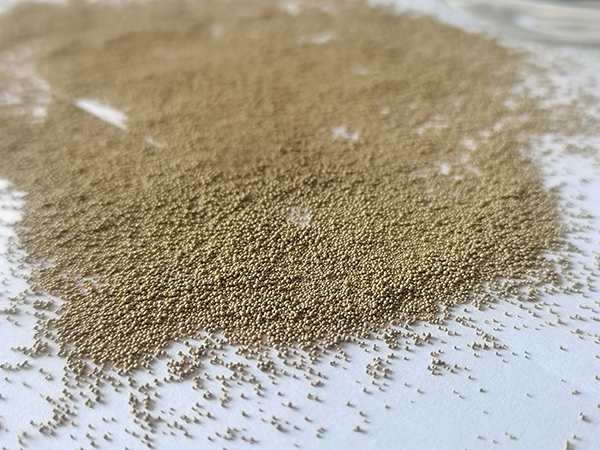The Art and Science of Casting Sand for Metal
Casting is one of the oldest manufacturing processes known to mankind, dating back thousands of years. Among the various methods employed, sand casting stands out as a versatile and widely used technique, especially in metalworking. The process of casting sand for metal involves creating a mold that defines the shape of the final product. This article delves into the intricacies of sand casting, its benefits, and its applications in various industries.
At its core, sand casting is a technique that uses sand as the primary mold material. The process begins with creating a pattern, typically made from metal, plastic, or wood, which reflects the final shape of the object to be produced. This pattern is then embedded in a mixture of sand and a binding agent, often clay or resin, to form a mold. The sand is mixed with water to improve its cohesion and ensure it retains the shape of the pattern.
The Art and Science of Casting Sand for Metal
The sand casting process is relatively straightforward but requires precision and skill. After the mold is formed around the pattern, it is carefully removed to create a hollow cavity. This cavity is then filled with molten metal, which can be sourced from various alloys, depending on the required properties of the final product. The metal is poured into the mold through a system of runners and gates designed to control the flow and fill the cavity completely.
casting sand for metal

Once the metal has cooled and solidified, the mold is broken away to reveal the cast object. This step can be done manually or mechanically, depending on the size and complexity of the casting. After removal, the cast metal piece often requires further finishing processes, such as grinding or machining, to achieve the desired dimensions and surface finish.
Sand casting is notable for its versatility. It can be used to produce a wide range of items, from small components found in household appliances to large parts used in automobiles, aircraft, and machinery. Industries such as automotive, aerospace, and construction heavily rely on sand casting for manufacturing critical components. For instance, engine blocks, transmission housings, and even decorative architectural elements are often made using this method.
Moreover, the adaptability of sand casting allows for the incorporation of various alloys. Cast iron, aluminum, steel, and bronze are just a few metals that can be effectively utilized in sand casting. This variety enables manufacturers to choose materials that best suit their design and performance requirements, whether they prioritize strength, weight reduction, or resistance to corrosion.
Environmental concerns and sustainability are increasingly influencing manufacturing processes today. Traditional sand casting methods can produce waste and may require the disposal of used sand. However, advancements in technology have led to the development of more sustainable practices, such as reclaiming and reusing sand. Additionally, the use of water-soluble binders and the recycling of scrap metal help reduce the ecological footprint of sand casting operations.
In conclusion, sand casting remains a vital process in the world of metal manufacturing. Its affordability, versatility, and ability to produce complex geometries make it an indispensable technique across various industries. As technological advancements continue to enhance this age-old method, the future of sand casting appears promising, promising not only to meet the demands of modern production but also to do so sustainably. As manufacturers strive for efficiency and environmental consciousness, sand casting will undoubtedly continue to play a pivotal role in shaping the materials of tomorrow.
Post time:Tet . 21, 2024 18:23
Next:Techniques for Smoothing and Finishing 3D Printed Objects for High-Quality Results
